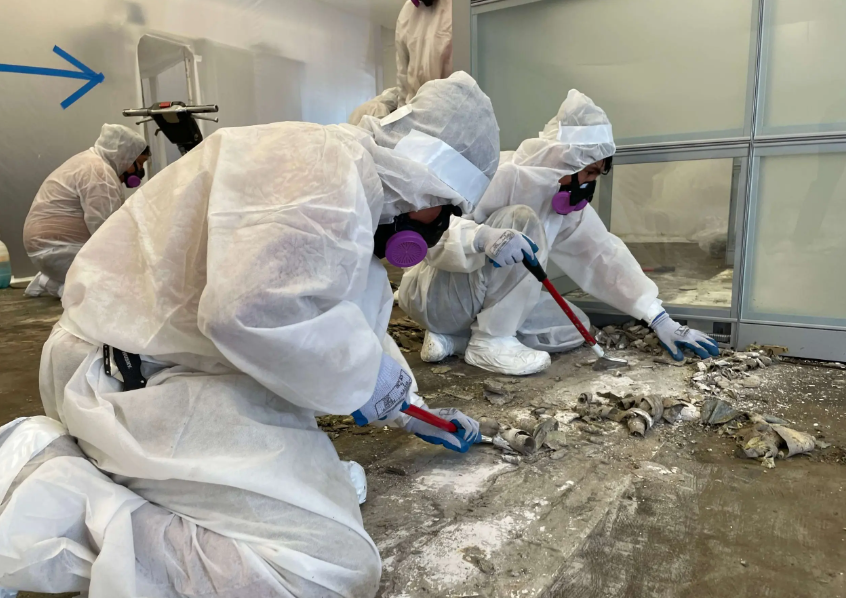Understanding the Importance of Residential Asbestos Removal
In the past, asbestos was a popular material used in the construction industry due to its heat-resistant properties and durability. However, as time passed, the health risks associated with exposure to this substance became widely known, leading to increased efforts to remove it from residential properties. In this post, we’ll delve into the importance of residential asbestos removal.
The Health Risks of Asbestos
Asbestos is a group of six naturally occurring fibrous minerals composed of thin, needle-like fibres. When these fibres are inhaled or ingested, they can lead to serious health issues. Studies have shown that exposure to asbestos can cause several cancers and diseases, including asbestosis, lung cancer, and mesothelioma.
The risk of lung cancer from inhaling asbestos fibres is significantly higher if you smoke. Therefore, it’s crucial to ensure that your home is free from asbestos to protect the health and well-being of your family members.
Why Is Asbestos Removal Crucial?
It is vital because once the deadly dangers of asbestos symptoms become widely known, many property owners choose to remove this highly hazardous substance from their properties. It’s not just about adhering to regulations—it’s also about ensuring the safety of those living or working in these buildings.
Moreover, during cleanup and rebuilding efforts after severe weather events, it’s essential to be aware of potential asbestos-containing materials. This awareness can help prevent unintentional exposure.
Seeking Professional Assistance
If you suspect that your property contains asbestos, it’s highly recommended to seek help from trained and accredited professionals. If you choose to remove the vermiculite insulation, for instance, this work should be done by a trained and accredited asbestos abatement contractor.
Commercial asbestos removalists are also equipped with the necessary skills and tools to handle the task safely and efficiently. These professionals understand the risks associated with the removal of asbestos and are trained to minimize the release of asbestos fibres during the process.
The Role of Asbestos Regulations
Regulations play a significant role in managing the risks associated with asbestos. For instance, the Environmental Protection Agency (EPA) has specific guidelines on the removal of asbestos from buildings. These regulations are designed to ensure that removal is done safely, minimizing the risk to both the workers involved and the general public.
Conclusion
Residential asbestos removal is a critical process that should not be taken lightly. Exposure to asbestos poses severe health risks, making it crucial for homeowners to ensure their homes are free from this hazardous material.
Always remember that the process should be carried out by trained professionals to ensure safety and compliance with regulations


